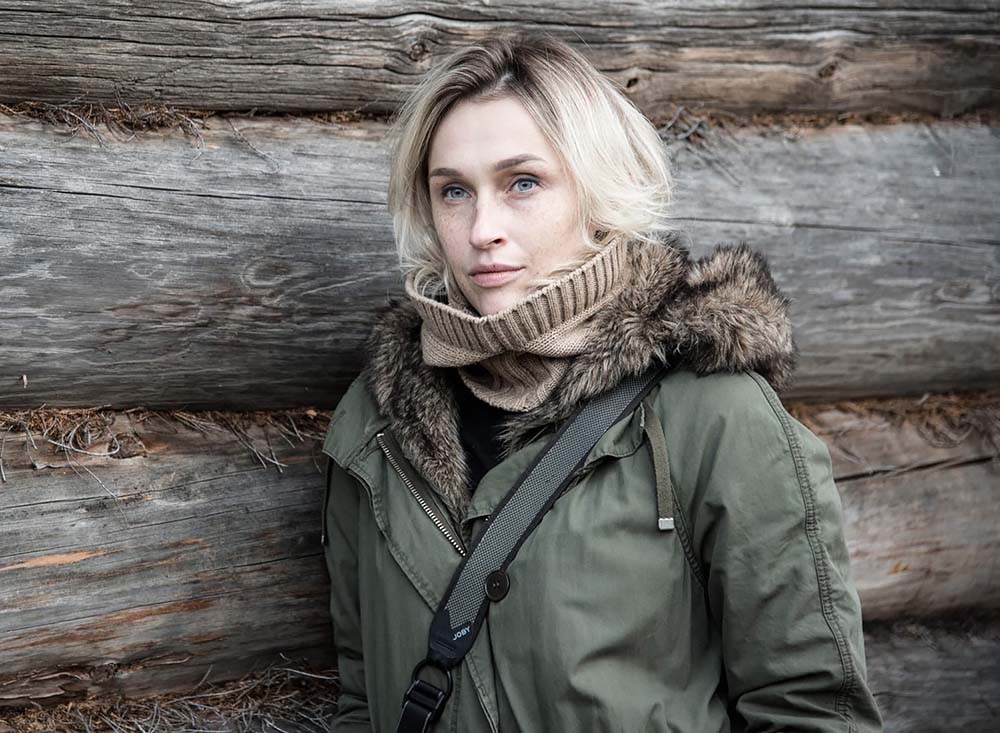Yulia Nevskaya is a documentary photographer and photojournalist from Moscow. For her, photography is a way to tell people's stories and talk about the problems they face throughout Russia.
Yulia works on her own projects and materials ordered by the editorials. In recent years, the key topics for her have been the problem of preserving cultural heritage, ecology, as well as pressing social issues. In her projects, she explores the connection between person and place, the formation and preservation of cultural codes, as well as the principles of organization and functioning of communities of people tied to the territory.
Yulia is a member of the international association "Women Photograph". Collaborates with leading Russian and foreign editorials, including National Geographic (Rus), Reporterre (Fr), Liberation (Fr) and others.
Since 2020, she has been working in parallel as a producer, screenwriter and director of projects in the format of video journalism, and also teaches her own course "Algorithms for creating documentary photo stories".
"I am sure that documentary is a profession that can only be chosen for love. You just feel the inner urge to hit the road and tell stories. And you do it because you cannot but do it".
